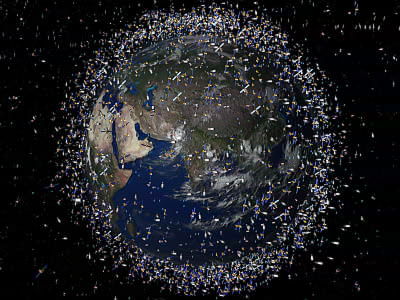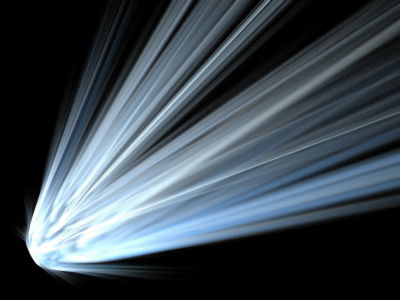The former Soviet Union's half-century-old Venus probe 'Cosmos 482' is scheduled to crash to Earth around May 10, 2025, and there is a possibility that it will fall on Japan.

The Venus probe
SatTrackCam Leiden (b)log: Kosmos 482 Descent Craft reentry forecasts [PERIODICALLY UPDATED]
https://sattrackcam.blogspot.com/2025/04/kosmos-842-descent-craft-reentry.html
Here's where failed Soviet spacecraft Kosmos 482 could crash to Earth this week (map) | Live Science
https://www.livescience.com/space/space-exploration/failed-soviet-spacecraft-kosmos-482-could-crash-to-earth-this-week-heres-where-it-might-hit-map
Kosmos 482: Soviet Venus lander crash predicted on Earth May 10
https://newatlas.com/space/soviet-venus-lander-kosmos-482-predicted-to-crash/
Cosmos 482, launched on March 31, 1972 from the Baikonur Cosmodrome in what is now Kazakhstan, was originally scheduled to land on Venus, but due to engine trouble the spacecraft broke apart before reaching Venus, with parts left behind in Earth orbit. However, because the Soviet government did not acknowledge the failure of the launch, Cosmos 482 is called the Cosmos satellite , a Soviet and Russian artificial satellite, unlike its sister Venera probe .
Even after the object believed to be the main body of Cosmos 482 fell into farmland in New Zealand on May 5, 1981, nine years after launch, the lander continued to orbit the Earth in an elliptical pattern. In 2022, Marco Langbroek, a lecturer at the Department of Aerospace Engineering at Delft University of Technology in the Netherlands, reported in a blog post that he had determined that Cosmos 482's orbit was falling every year and that it would re-enter Earth in 2025.
Below, the red ring is the original orbit of Cosmos 482, and the white ring is the orbit in 2022.
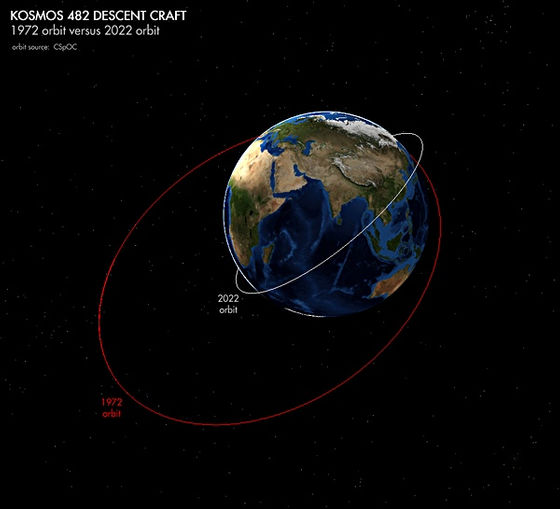
The lander is housed in a 472 kg titanium protective shell and is designed to withstand 90 times the atmospheric pressure of Earth, sulfuric acid rain, and surface temperatures of over 460 degrees. If it is not destroyed in the event of a malfunction, it has a very high chance of surviving re-entry into Earth's atmosphere and reaching the surface.
Cross-section of the Venera 12 lander.
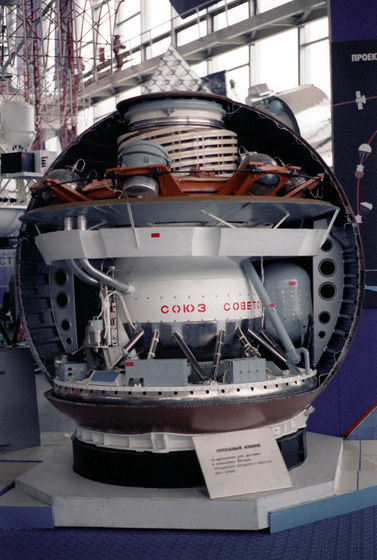
According to a new blog post by Langbroek in late April, Cosmos 482 is expected to fall at 8:37 a.m. on May 10 (17:37 p.m. Japan time) ±1 day.
Because it will not be a controlled re-entry and there are many uncertainties, it is difficult to predict exactly where Cosmos 482 will fall, but it is expected to fall somewhere between 52 degrees north and 52 degrees south latitude.
Based on Langbroek's predictions, the science news site Live Science has predicted that the re-entry range of Cosmos 482 will extend as far north as London, England, and as far south as Chile, with the possibility of it falling on Japan.
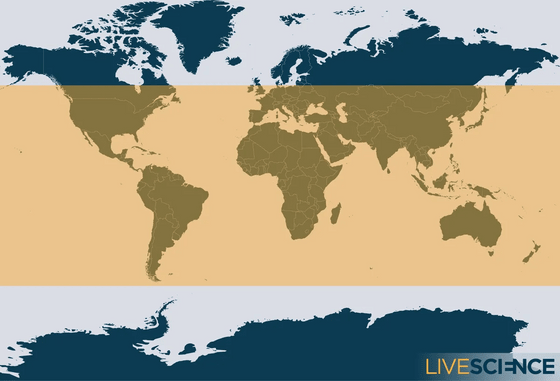
Considering that approximately 71% of the Earth's surface is covered by water and that it is likely to fall as a single object rather than scattering, it is believed that there is little risk of damage to people or homes from the fall of Cosmos 482.
'It's a one-metre-wide object with a mass just under 500kg, so the risk is somewhat similar to the risk of a meteorite impact,' Langbroek said.
Related Posts:
in Free Member, Hardware, Posted by log1l_ks





